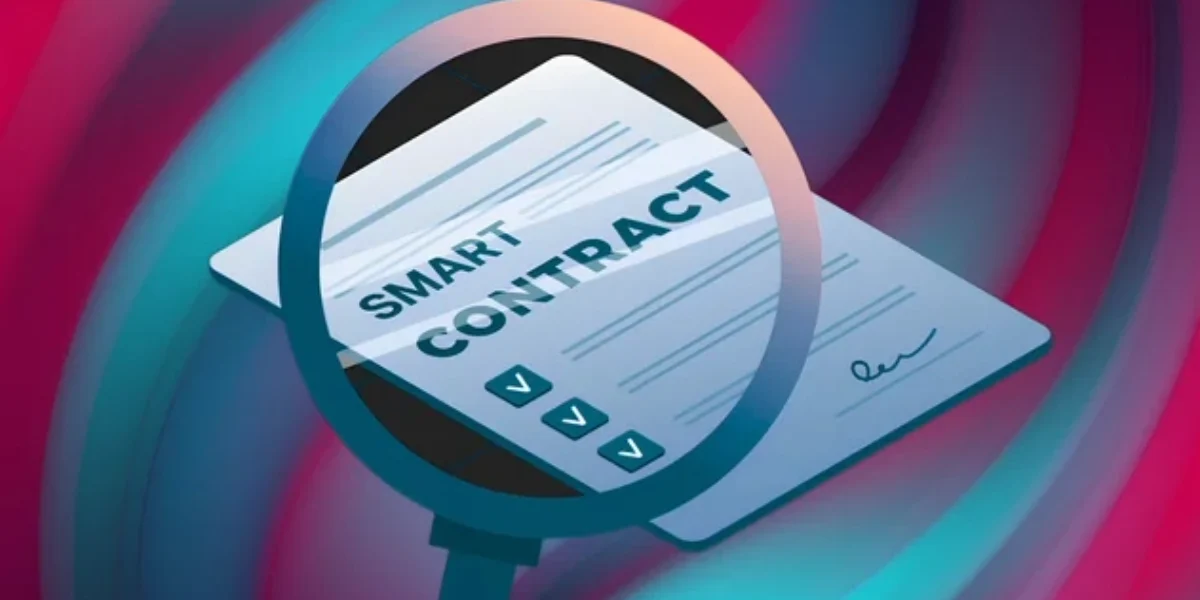Smart contracts have emerged as one of the most significant innovations in the world of decentralized finance (DeFi) and blockchain technology. These self-executing contracts automatically enforce and execute the terms of an agreement when predefined conditions are met. While smart contracts offer significant advantages, such as automation, transparency, and decentralization, they are also susceptible to vulnerabilities and security risks that can lead to the loss of funds or unauthorized access.
As smart contracts play a pivotal role in DeFi protocols and other blockchain-based applications, ensuring their security is paramount. This is where smart contract auditing comes in. A smart contract audit is an in-depth review of the code that underpins a smart contract, carried out by security experts to identify potential vulnerabilities, bugs, or logic errors. This article will explore the importance of smart contract auditing, the common issues that auditors look for, and what developers need to know to secure their code effectively.
Why Smart Contract Audits Are Essential
Smart contracts are immutable once deployed on the blockchain, meaning that they cannot be changed or updated unless specifically designed to do so. This immutability is a feature that ensures trust in the system; however, it also means that any mistakes or vulnerabilities in the code will remain on the blockchain indefinitely. Since these contracts often deal with valuable assets, such as cryptocurrencies or tokens, even the smallest vulnerability can be exploited by attackers, leading to severe financial losses.
The primary reason why smart contract audits are so crucial is to detect and fix vulnerabilities before the contract is deployed and accessed by users. An audit helps ensure that the contract behaves as intended, doesn’t contain any security flaws, and is resistant to common attack vectors. A successful audit boosts the credibility of the smart contract, helping to build trust among users and investors in the ecosystem.
Common Security Issues in Smart Contracts
Before diving into the auditing process, it’s essential to understand the common issues that auditors look for when evaluating smart contracts. These vulnerabilities can vary in severity, but even a minor flaw can create significant risks for users.
Reentrancy Attacks
Reentrancy attacks occur when a contract calls an external contract, which then calls back into the original contract before the first call has finished. This can lead to unexpected behavior, such as draining the contract’s funds. The most famous example of a reentrancy attack is the DAO hack in 2016, where an attacker exploited a vulnerability in a smart contract to siphon off millions of dollars in Ether.
Integer Overflow and Underflow
Smart contracts typically handle numerical calculations, such as token balances or transaction amounts. An integer overflow happens when a number exceeds the maximum limit that the system can handle, while an underflow occurs when a number goes below the minimum limit. Both of these issues can lead to incorrect calculations or unexpected behavior, making the contract vulnerable to exploitation.
Access Control Issues
Access control is a critical aspect of smart contract security. A contract may have certain functions or administrative privileges that should only be accessible to authorized parties. If these access controls are not properly implemented or are poorly designed, it can lead to unauthorized access to critical functions, such as the ability to withdraw funds or modify the contract’s code.
Unprotected Functions
Certain functions within a smart contract, especially those related to the withdrawal of funds or changes to the contract’s state, should be protected with safeguards to ensure that only authorized parties can call them. If these functions are left unprotected, they may be vulnerable to unauthorized use, which could result in the loss of funds.
Gas Limit Issues
Smart contracts run on the Ethereum Virtual Machine (EVM) and other blockchain platforms that impose gas limits on transactions. A gas limit defines how much computational work a contract can execute before the transaction is reverted. If a contract’s functions exceed the gas limit, they can fail to execute properly, leading to a denial of service (DoS) attack or causing the contract to halt.
Logic Flaws
Even if a smart contract does not contain technical vulnerabilities, it can still have logic flaws. These flaws occur when the contract’s design doesn’t align with the intended behavior, leading to unexpected results or unintended consequences. Logic flaws can be especially difficult to detect, as they are often not related to specific vulnerabilities but rather to the way the contract interacts with other components or protocols.
The Smart Contract Auditing Process
The process of auditing a smart contract involves several steps, from the initial code review to testing and final reporting. Below is a detailed breakdown of how the auditing process typically works:
Code Review and Static Analysis
The first step in the auditing process is a thorough code review, where auditors examine the smart contract’s source code to identify any potential vulnerabilities or errors. Auditors use automated tools to perform static analysis, which scans the code for common security issues such as reentrancy vulnerabilities, integer overflows, and unprotected functions.
Static analysis tools, such as MythX, Slither, and Oyente, can quickly identify potential issues in the code. However, automated tools alone cannot detect every vulnerability, so manual inspection is also necessary to ensure the accuracy of the analysis.
Dynamic Analysis and Testing
Once the static analysis is complete, auditors conduct dynamic analysis, which involves testing the smart contract’s functionality in a controlled environment. This can be done by deploying the contract on a test network or using specialized testing frameworks, such as Truffle or Hardhat, to simulate real-world interactions and identify potential flaws in the contract’s behavior.
Dynamic analysis helps auditors verify that the contract performs as expected in various scenarios, such as handling edge cases, large transactions, or complex interactions with other contracts. It also allows auditors to simulate attacks and assess how the contract responds to malicious inputs.
Manual Review and Threat Modeling
While automated tools can catch many vulnerabilities, they cannot identify every possible issue. For this reason, auditors conduct a manual review of the code, focusing on the contract’s logic and design. This step involves threat modeling, which helps auditors identify potential attack vectors and evaluate the security implications of the contract’s functions and interactions.
Auditors will also look for any potential conflicts or inconsistencies in the contract’s logic, ensuring that the contract’s actions align with the intended purpose and are free from flaws that could be exploited by attackers.
Final Report and Recommendations
Once the auditing process is complete, auditors compile a detailed report outlining their findings, including any vulnerabilities, bugs, or logic flaws that were discovered. The report typically includes a risk assessment, describing the severity of each issue and its potential impact on the contract’s security.
The report also provides recommendations for how to fix the identified issues, along with any best practices for improving the contract’s security. Developers can then use the feedback to make the necessary changes to the contract before deploying it on the blockchain.
Best Practices for Developers in Smart Contract Auditing
As a developer, it is essential to follow best practices when writing smart contracts to minimize the risk of vulnerabilities and ensure that your contract is secure. Some of the best practices include:
- Write Modular Code: Keep your code simple and modular, with each function serving a single, clear purpose. This makes it easier to identify and fix issues.
- Test Thoroughly: Perform extensive testing on your smart contract using both automated tools and manual review. Use test networks to simulate real-world conditions and attack scenarios.
- Use Libraries and Frameworks: Leverage well-established libraries and frameworks, such as OpenZeppelin, to avoid reinventing the wheel. These libraries are thoroughly tested and have been audited by the community.
- Adopt a Security-First Mindset: Prioritize security throughout the development process, from design to deployment. Consider potential attack vectors and plan for them accordingly.
- Engage in Third-Party Audits: Even if you’re confident in your contract’s security, it’s always a good idea to engage third-party auditors to provide an unbiased review of the code.
Conclusion
Smart contract auditing is a critical component of ensuring the security and integrity of DeFi protocols and blockchain applications. By identifying vulnerabilities, logic flaws, and potential attack vectors, audits help developers build secure smart contracts that protect user funds and data. As the DeFi ecosystem continues to grow, the importance of thorough smart contract audits will only increase, helping to foster trust and adoption in the decentralized financial world.
Developers must prioritize security, follow best practices, and engage professional auditors to ensure that their smart contracts are free from vulnerabilities and can stand up to the scrutiny of the blockchain community. By doing so, they can contribute to the ongoing success and safety of the DeFi ecosystem.




